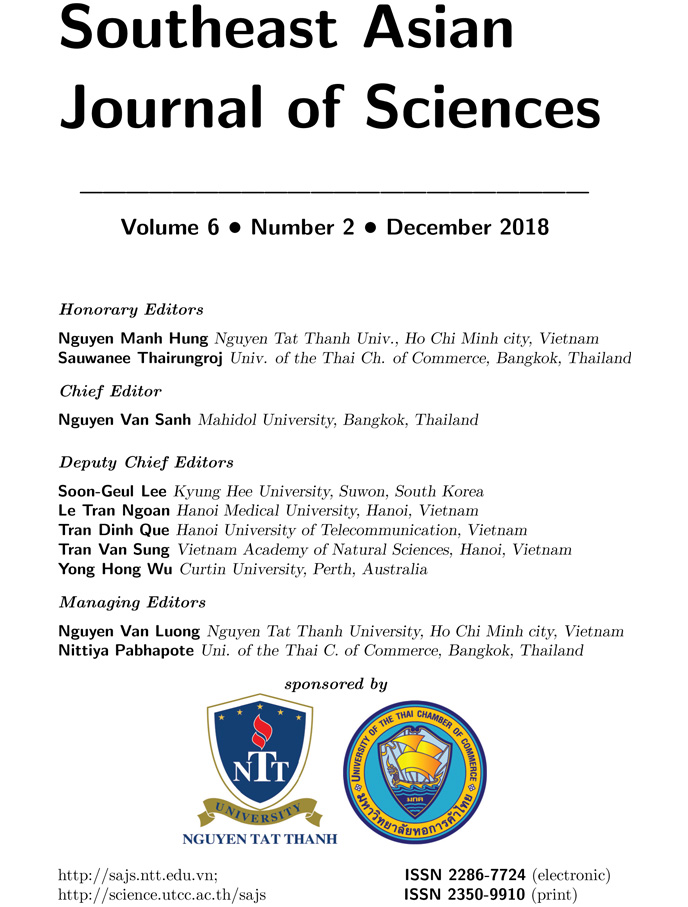INTENSIVE MEDITATION IS ASSOCIATED WITH LONG-TERM BRAIN NETWORK MODULATION IN REGULAR PRACTIONER OF MEDITATION
Abstract
Regular practices of meditation were associated with the reduction of default-mode network (DMN) activity in resting-state conditions. In addition, the DMN activity was also found to be anticorrelated with the central-executive network (CEN) during meditation practices whereas the salience network (SN) responded to the awareness aspects of meditation. However, it is still not clear whether those benefits remain longer or if they are only transient and punctual effects. This session refers to prompt-meditation scanning (PMS). The third MRI session occurred ten months after PMS related to a late-meditation scanning (LMS). Here, we employed longitudinal functional MRI to assess the brain networks
of an expert meditation (1) before a 10-days meditation retreat, (2) just after this intensive meditation, and (3) ten months later. In addition, we also compared the brain networks resulting from these three time points with 25 volunteers without prior regular practices of meditation. Comparisons between Expert Meditator (EM) and Healthy Volunteers (HV). In resting-state conditions, DMN was significantly lower in EM than HV. However, anterior and posterior brain regions within the DMN presented opposite patterns. In the SN, functional connectivity was bilaterally higher in EM than HV within the superior frontal gyrus. In the CEN, EM had higher connectivity than HV in the right middle frontal gyrus. Longitudinal intra-subject comparisons. In resting-state conditions, DMN significantly increased from baseline scanning (BS) to PMS. SN decreased significantly from BS to PMS. CEN presented an opposite pattern faced to the SN. During the meditation task, the DMN had a similar pattern at the resting-state, although the levels of connectivity within this network under the task were higher than in resting-state. SN decreased significantly from BS to PMS, but it did not recover to original connectivity levels as it happens at the resting-state. In CEN, significant differences were found only between BS and PMS in which the level of connectivity reduced.

